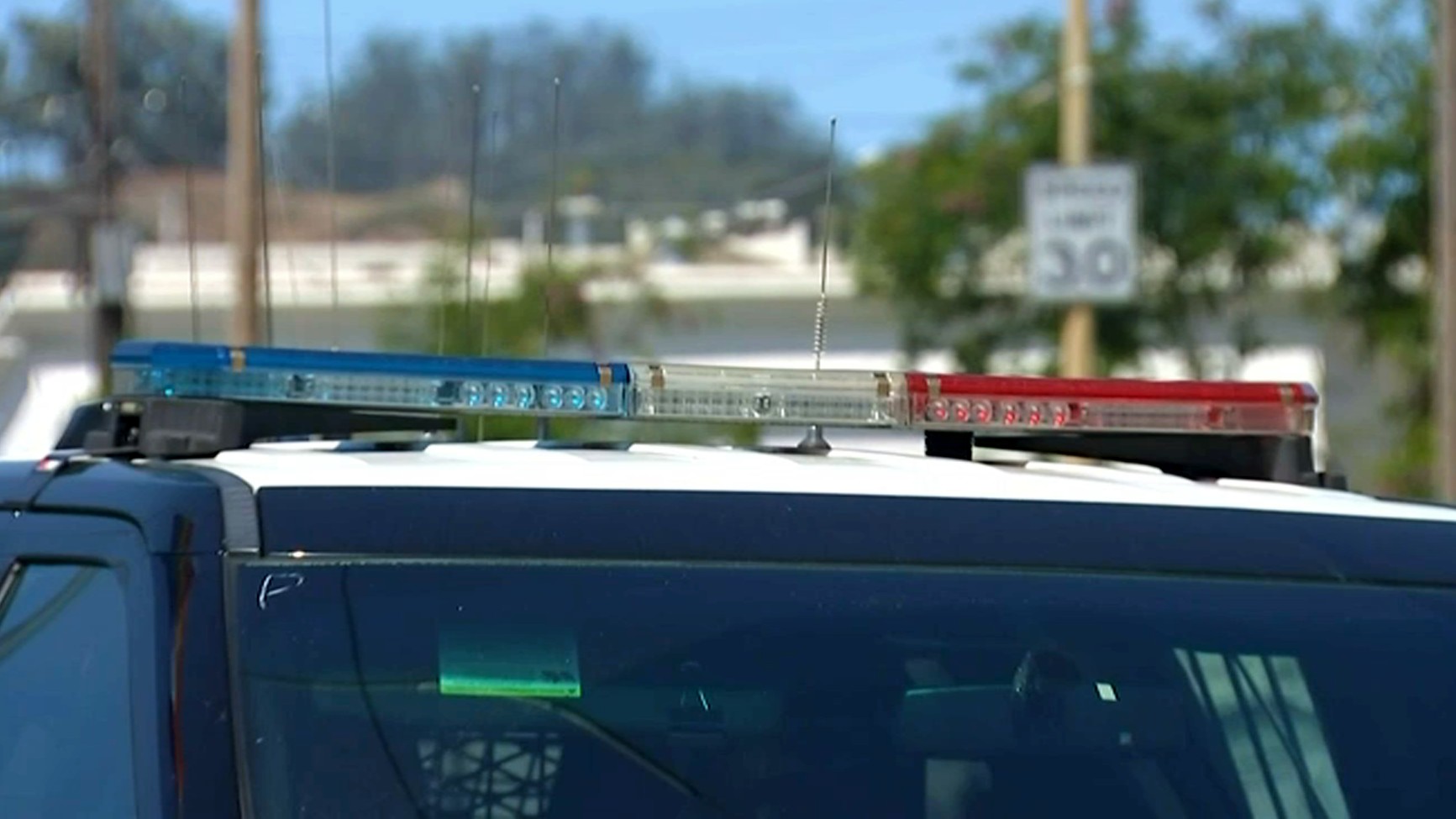Bay Area hospitals are bracing for a massive surge in COVID-19-related hospitalizations over the coming weeks, scrambling to increase bed capacity and hire desperately needed nurses and medical personnel on short notice.
Whether hospitals withstand that surge or drown in a tsunami of critically ill patients depends on a wide range of factors, some of which are difficult to predict.
Projections released last week by the Harvard Global Health Institute show Bay Area hospitals could be hit particularly hard by COVID-19 compared to the rest of the country, even if infection rates remain relatively low and are spread out over a prolonged period.
In a moderate scenario, where infection rates hover around 20% and occur over the next 18 months, parts of the Bay Area, including Alameda County and Santa Clara County, would still need an estimated 20% more beds, according to the Harvard projections. In that scenario, efforts already underway to increase the region’s bed capacity, such as postponing elective medical procedures and converting spaces into makeshift medical facilities, could be enough to meet the increased demand.
“The first thing we’re looking to do is to make certain that our own surge capacity plans are in place,” said Carmela Coyle, president and CEO of the California Hospital Association. “Every hospital has a surge capacity plan, and that means how we can stretch or reshape the existing capacity in the hospital.”
In a nightmare scenario, where 60% of the state’s population contract the virus over the next six months, Bay Area hospitals would be overrun. The Harvard projections show parts of the Bay Area would need to increase existing hospital beds by nearly 500%, an impossible task.
“One of the things we’re trying to do is understand that surge, and as always, prepare for the worst,” Coyle said.
Fortunately, experts say that worst-case scenario is unlikely given efforts to mitigate the spread of COVID-19, such as the state’s stay-at-home order, school and business closures, and public health campaigns that preach hand washing and social distancing. Hospitals, Coyle said, are also working quickly to increase capacity and hire additional medical personnel.
“[California] is in the process of purchasing hospitals, purchasing other kinds of facilities – hotels and motels – so that we can begin to take people who do not need hospital care and place them in certain settings, leaving that acute care capacity for those who are most sick,” Coyle said. “And the real issue that we have to think about is not just the physical capacity available in hospitals, but of course, that human capacity. The nurses, the doctors.
Local
Even so, COVID-19 is already stressing the region’s healthcare system, particularly in places such as Santa Clara County, which currently has 302 confirmed cases, the most in the Bay Area.
Nurses and other medical professionals interviewed by NBC Bay Area over the past few weeks paint a picture of a system that was insufficiently prepared to deal with a pandemic of this scale, pointing to inadequate staffing, a diminishing stock of medical supplies, including personal protective equipment, and a massive shortage of COVID-19 tests.
And data shows the United State is already starting from a disadvantage when it comes to available hospital beds per capita. According to the Organisation for Economic Co-operation and Development, the United States ranks poorly compared to other countries currently dealing with COVID-19.
How bad it gets from here is unknown, according to experts, and depends on wide range of variables: How quickly can hospitals add beds? Can they hire enough nurses? How badly will COVID-19 thin the ranks of doctors and nurses needed to treat the coming surge of patients?
That’s the unknown Dr. John Balmes, a professor of medicine at UCSF and a professor of public health at UC Berkeley, will step into come April. Turning 70 next month, Balmes is among the many who should probably stay home. But he’s also a pulmonary and critical care medicine physician at Zuckerberg San Francisco General Hospital and is scheduled for an extra rotation next month.
“I’m anxious about what things are going to look like in a few weeks, especially since I’m going to be at the hospital in April,” Balmes said. “But I have a feeling that we’re doing the right things in the Bay Area.”
Balmes said the hospital has opened a wing in one of its older buildings to prepare for the surge.
Similar efforts are underway across the Bay Area. On Friday, Santa Clara County announced it was working with federal and state partners to create a Federal Medical Station inside the City of Santa Clara Convention Center that could care for up to 250 people.
Still, the physician worries about whether Bay Area hospitals will have enough ICU beds and ventilators to serve the region’s critically ill patients.
“If there are not enough ICU-capable beds where ventilators and other support measures can be used, then people will die who otherwise could be saved,” Balmes said. “We know how to get people through the adult acute respiratory distress symptoms that we see with COVID-19, but it takes a lot of resources. There are only so many beds and so many ventilators, but we’ve actually mobilized as many as we can in the Bay Area.”
Despite the potential risk to himself, Balmes said he looks forward to doing his part.
“I actually have a desire to be on the front lines with my colleagues,” he said.
Now, he hopes others will do their part in slowing the spread of COVID-19, by following stay-at-home orders and using common sense.



